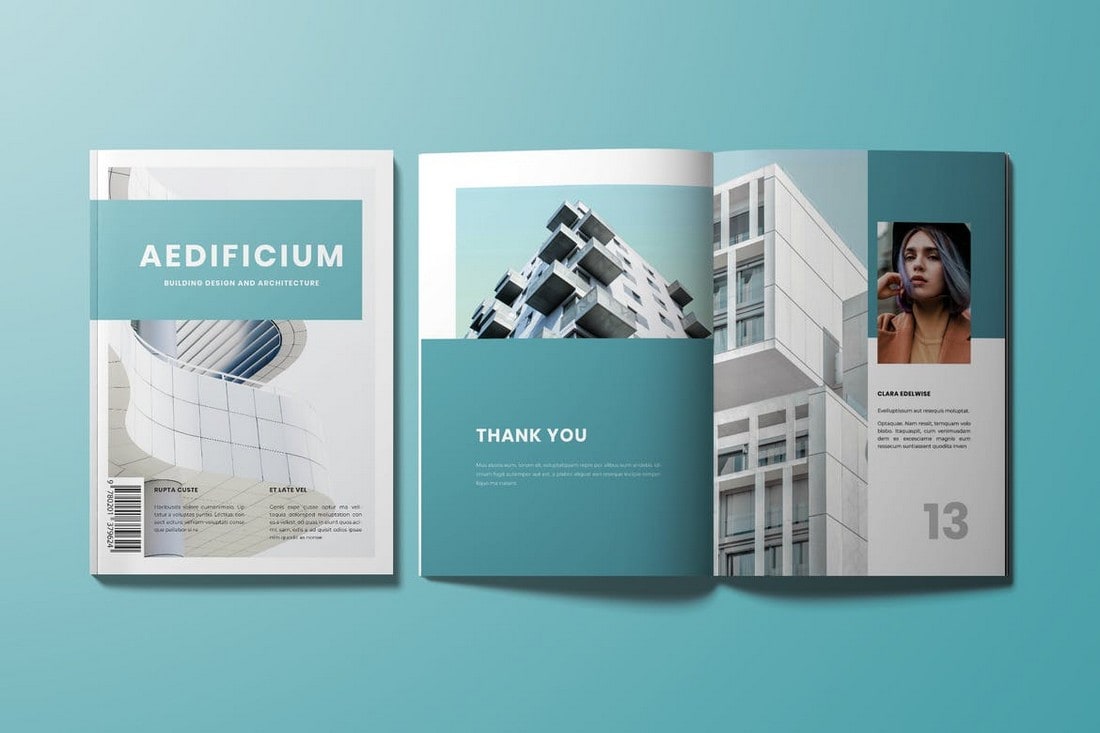
recipe or script).Ĭaption: The final TOC in the InDesign layout. This will create a one-line entry in the TOC, rather than two.Ĭaption: InDesign's TOC dialogue for creating the TOC style (a.k.a. Note: Check the option to Remove Forced Line Break in the lower left. Select the Paragraph styles that will be picked up to generate the TOC and set their formatting below. Note: The entire phrase "Chapter 1 All About Apples" is one paragraph that should be tagged as in the final PDF.Ĭaption: Our sample's design for section headings. View our sample INDD and PDF for some design variations. And a nested character style automatically formats the first line in a small font.


A manual forced line break (Shift+Enter) wraps the second part to a new line. Our sample document uses one paragraph style to format both lines of our section headings.

Layout menu | Table of Contents Styles creates the style (a.k.a.

This tutorial assumes you know how to make a basic TOC with InDesign's utility: Examine the INDD layout file's paragraph styles and the TOC style to see how the features and settings work together to create the final TOC structure and appearance.Īn alternate method with auto-numbered headings is detailed in the TOC-3 tutorial. Technologist, Designer, and Trainer for Accessible Publishingīecause we're creating a TOC (table of contents), we must use Paragraph Styles in our InDesign layout to format (and, therefore, identify) which headings will be picked up by the TOC utility.ĭownload our demo INDD / IDML files as well as an accessible PDF sample. Here's our InDesign Hack that makes it easy and quick to get the TOC you want. But when the TOC is made, we want both lines to appear as one continuous entry. A common design for chapter and section headings has a smaller (or differently formatted) 1st line with larger text on the next line.


 0 kommentar(er)
0 kommentar(er)
